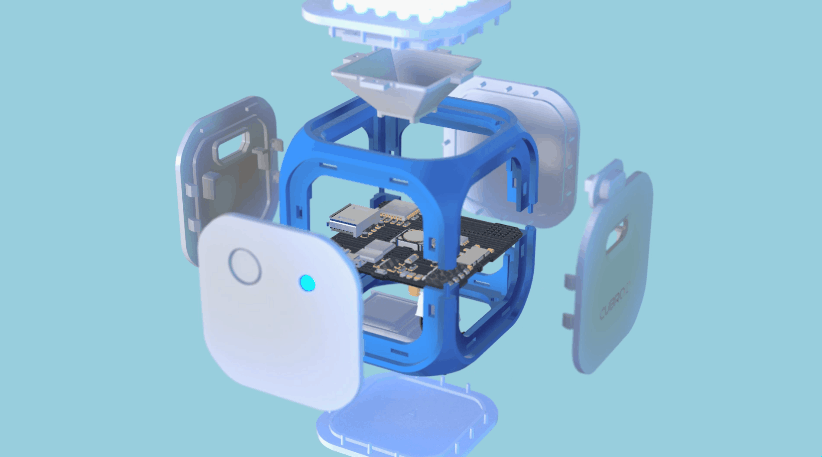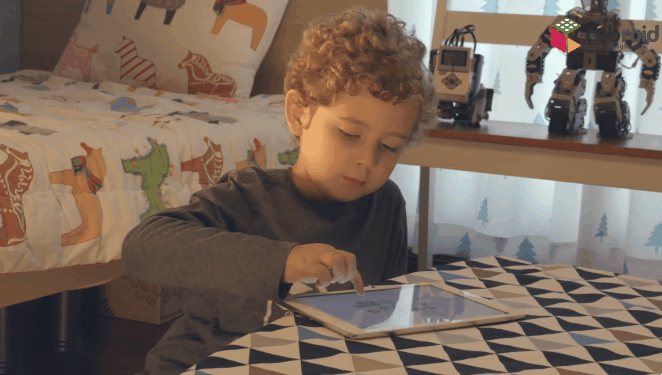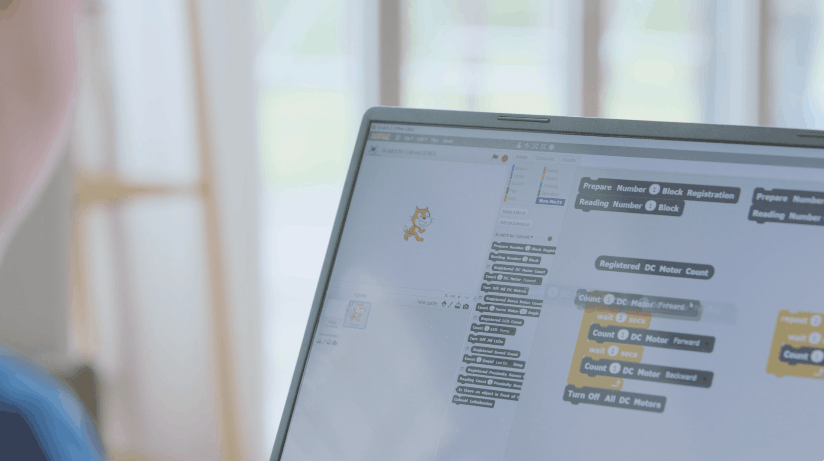Cubroid: An Actually Fun Way to Teach Your Kids Programming?
Cubroid: An Actually Fun Way to Teach Your Kids Programming?
- Last Updated: December 2, 2024
Sumanth Neerumalla
- Last Updated: December 2, 2024



So your kids have been playing a lot of minecraft lately, and you’re sure that its educational for them, but you wish that they’d stop spending so much time in front of the screen and get out and learn something.
I recently came across a building block style toy that’s reminiscent of Legos, but with an interesting educational twist. Compatible with Legos, they’re a set of bluetooth connected building blocks that have a variety of programmable functionality.
The electronic blocks are essentially a Lego Mindstorms style kit, but where Lego Mindstorms/Boost sets can be kind of daunting to even get started with, this is a way to get your kids to learn programming as slowly or quickly as they want. A lot of kids (and even adults) are put off by the idea of programming if they have no exposure to it, but this toy is interesting because well … it doesn’t even ask you to program with it.
What's the best way to get kids into programming and STEM?
As a computer science student and a long time tutor, I’ve noticed that the barrier to entry for many students is really just the intimidation factor, and success can be made much easier by making young learners not afraid of the concepts that they will have to learn. What sets Cubroid apart for me is that its a toy first and foremost, and a STEM-focused learning product second.
Its more important to make sure that kids are having fun and can actually play with toys than to immediately start lessons on programming. Many programming toys for kids, especially Mindstorms, are very powerful but unfortunately hard to get started with for that reason.
With Cubroid, its as straightforward and “fun-friendly” as connecting the cubes to an app on a phone or tablet, and just seeing what you can do with them. The programming part of this toy happens to be an additional part that kids will naturally explore as they try to experiment with the toy.
[caption id=" align="aligncenter" width="800"]

The basic sets start at $149 for early bird kickstarter supporters, and come with 66 blocks. The premium kit starts at $269 and comes with a whopping 130 blocks, along with more sensors than the basic set. I thought it was a little pricey at first, but most toys in this category seem to be around the same price or more, so it might not be that bad a deal.
As kids explore what they can do with their building sets, they can start to program their blocks with the *very* beginner friendly programming interface. This means that even the younger siblings can drag and drop directions for their creations to follow.
This toy can grow with your kids
What I like most is that this toy is that it can grow and advance with your child as they get older.
It can be:
- Just a set of regular block toys that you can combine with your lego sets
- A set of motor blocks that can be controlled from the app
- A building block tool that can do pre-recorded actions from the app
- Or a full fledged programmable robotics tool kit.
From an educational standpoint the toy is incredibly friendly and offers a Applications for any comfort level. Just want to make your robots run into each other? No problem. Want to program the robots to avoid obstacles, also no problem.
For kids that want to make more complicated creations, they can take advantage of the Scratch programming language interoperability that comes with the toy.
Scratch is a full fledged programming language, designed at MIT, specifically for teaching kids to program. It uses drag and drop building blocks to make code, and can be a really fun way to introduce the programmatic thinking to kids that are interested in making their creations interact with their environments.
I was a skeptic of Scratch when I was first introduced to it, but once I saw what some kids have made with it, I was mind blown.
The Scratch programming is probably the most powerful educational feature that this toy has to offer, but its hidden away until your kids are ready, and thats the best part.
Cubroid and STEM overall…
There’s a massive skills shortage in the STEM field right now, and school systems are racing to incorporate these skills into their curriculums earlier and earlier. The best thing we can do to get kids ready for higher education in this field is just to make them familiar with STEM, and that’s exactly what Cubriod can accomplish.
It's not a magic bullet for education, but its a way to make sure kids aren’t caught off guard by the time they need to learn it in school. And at the very least, its a way to get them out of their rooms, and into the living room where they can spend some time together.
The Most Comprehensive IoT Newsletter for Enterprises
Showcasing the highest-quality content, resources, news, and insights from the world of the Internet of Things. Subscribe to remain informed and up-to-date.
New Podcast Episode

What is Software-Defined Connectivity?
Related Articles





